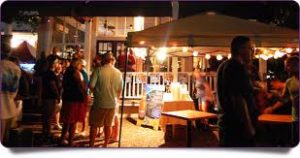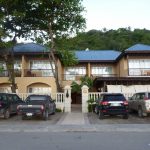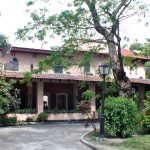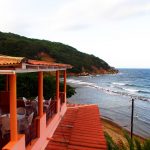Cap-Haitien
Cap-Haïtien (Okap or Kapayisyen in Kréyòl) is a city of about 190,000 people on the north coast of Haiti and capital of the Department of Nord. Previously named as Cap-Français, Cap-Henri, and le Cap, it was an important city during the colonial period, serving as the capital of the French Colony of Saint-Domingue from the city`s formal foundation in 1711 until 1770 when the capital was moved to Port-au-Prince. After the slave revolution, it was the first capital of the Kingdom of Northern Haiti under King Henri Christophe.
Due to Cap-Haïtien's distance from Haïti's capital, Port-au-Prince, combined with the dire condition of Haïti's transportation infrastructure, the city has often become an incubator for revolutionary or anti-Government figures and movements. For instance, from February 5–29, 2004, the city was taken over by militants who opposed the rule of the Haïtian president Jean-Bertrand Aristide. They eventually created enough political pressure to force him out of office and the country.
Cap-Haïtien is near the historic Haïtian town of Milot, which lies 12 miles (19 kilometres) to the southwest along a gravel road. Milot was Haïti's first capital under the self-proclaimed King Henri Christophe, who ascended to power in 1807, three years after Haïti had gained independence from France. He renamed Cap-Francais as Cap-Henri. Milot is the site of his Sans-Souci Palace, wrecked by the 1842 earthquake. Five miles away is the Citadelle Laferrière, a massive stone fortress bristling with cannons, atop a nearby mountain. On clear days, its silhouette is visible from Cap-Haïtien.
The small Hugo Chavez International Airport (formerly Cap-Haïtien International Airport), located on the southeast edge of the city, is served by several small domestic airlines and has been patrolled by Chilean UN troops from the "O'Higgins Base" since the 2010 earthquake. The airport is currently being expanded. Several hundred UN personnel, including nearby units from Nepal and Uruguay, are assigned to the city as part of the ongoing United Nations Stabilization Mission in Haiti (MINUSTAH).
| Region (Department) | No visa required. |
|---|---|
| Languages spoken | Creole |
| Currency used | Haitian Gourde |
| Area (km2) | 53.5 km2 (20.7 sq mi) |
| Country name | Haiti |











